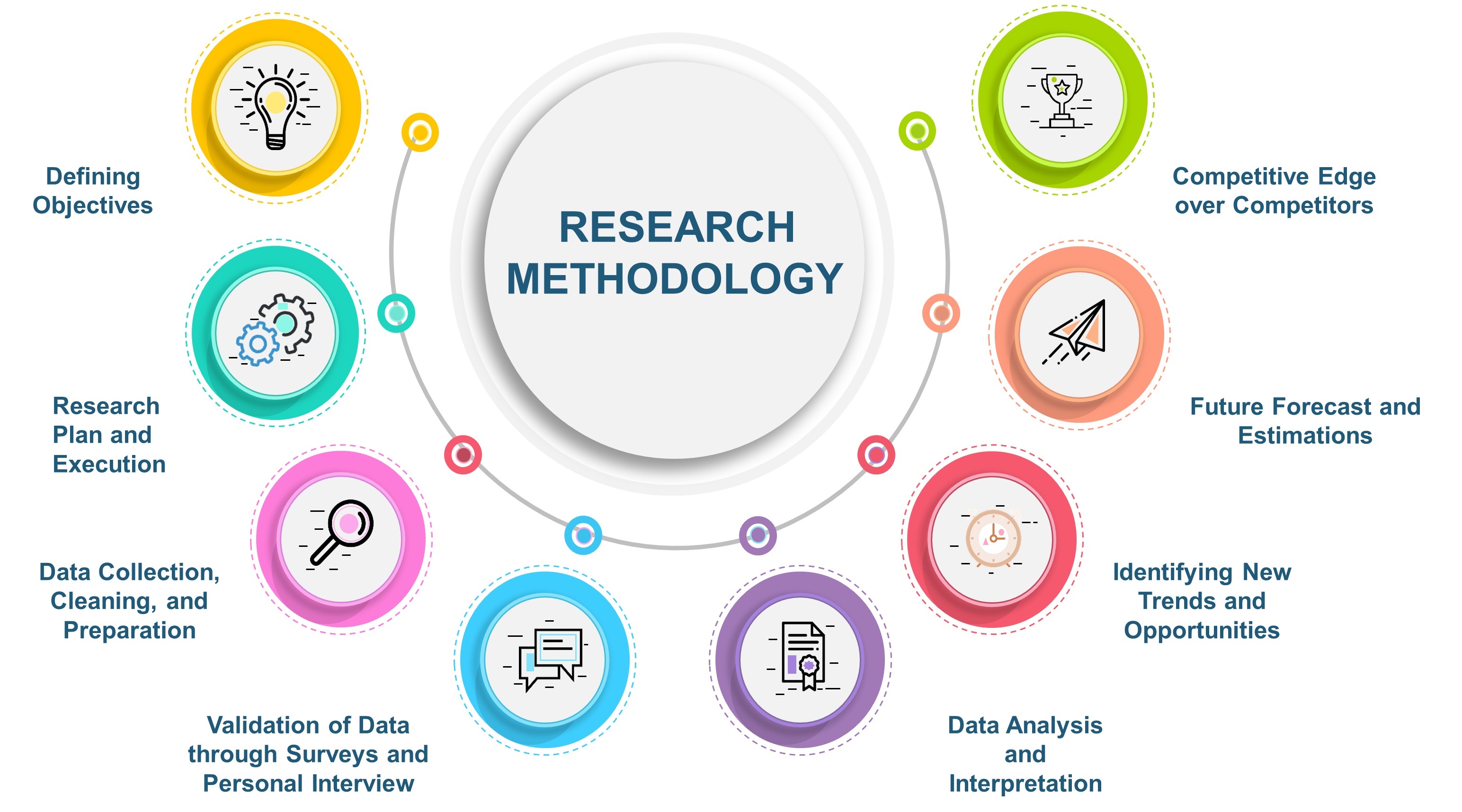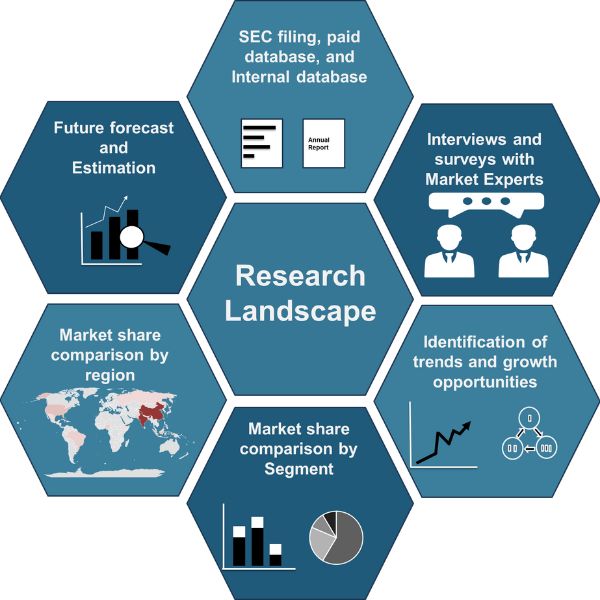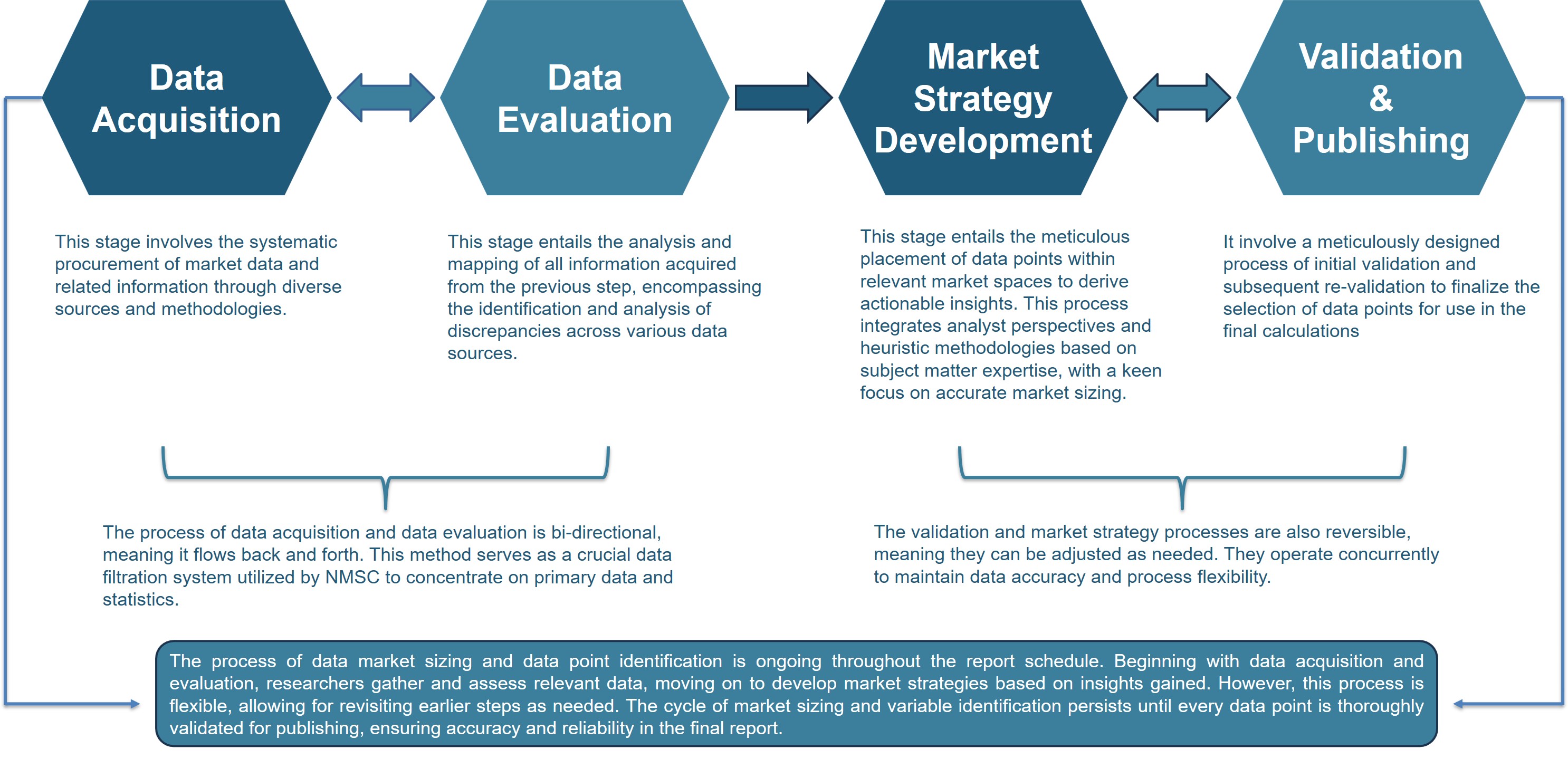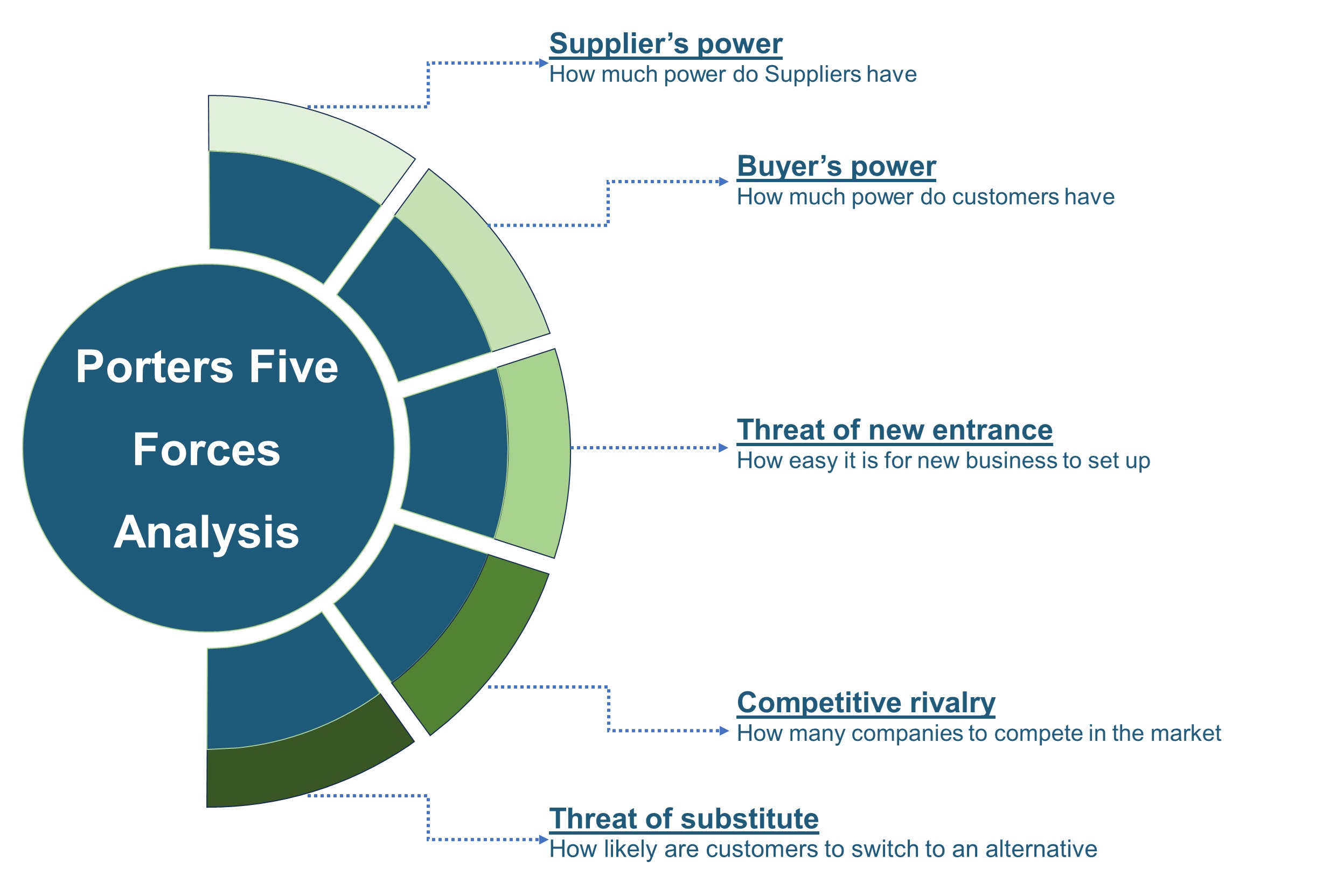
North America Data Center Market by Infrastructure (Hardware, and others), by Type (Enterprise Data Centers, and others), by Data Center Rating (Tier I, and others), by Size (Small Data Centers, and others),by Power Capacity (<0.01 GW, and others) by Server Rack Density (<10kW, and others), by Data Center Redundancy (N+1, and others), by PUE Outlook (Less than 1.2, and others), by Design Outlook (Traditional, and others), and Others- Opportunity Analysis and Industry Forecast, 2024–2030.
Industry: ICT & Media | Publish Date: 03-Nov-2025 | No of Pages: 243 | No. of Tables: 216 | No. of Figures: 141 | Format: PDF | Report Code : IC2431
North America Data Center Market Overview
The North America Data Center Market size was valued at USD 118.72 billion in 2023, and is predicted to reach USD 189.90 billion by 2030, at a CAGR of 6.9% from 2024 to 2030.
The data center, also recognized as the network infrastructure market, encompasses the planning, construction, operation, and maintenance of dedicated infrastructure for housing computing systems. It includes various elements such as servers, storage systems, and networking equipment, offering services such as cloud computing and connectivity solutions. Currently, the industry witnesses widespread adoption of cloud services, along with the emergence of edge computing to reduce latency.
Major trends include a focus on sustainability, heightened cybersecurity concerns, the integration of hybrid and multi-cloud approaches, and the impact of 5G networks. These trends highlight the industry's response to the increasing demand for scalable, efficient, and secure data processing and storage solutions in the era of digital transformation. According to the United States International Trade Commission, the data processing and storage market is expected to grow from USD 56 billion in 2020 to USD 90 billion by 2025.
Digitalization Across Industries Accelerates Data Center Deployment in North America
The rapid digital transformation across North American enterprises is significantly accelerating the development of data center infrastructure. With businesses increasingly adopting cloud-native architectures, data-driven decision-making, and industry-specific digital platforms, there is a rising demand for agile, secure, and scalable computing environments. Sectors such as finance, healthcare, retail, and government are heavily investing in digital services, which require high-performance data centers to manage mission-critical workloads, real-time analytics, and seamless data integration. The growing reliance on technologies like Artificial Intelligence (AI), automation, and remote collaboration tools further intensifies the need for resilient IT backbones, positioning data centers as a cornerstone of North America's digital economy.
Emphasis on Data Sovereignty & Security Drives Localized Data Center Growth
Data sovereignty has emerged as a key strategic concern for governments and enterprises across North America. With increasingly stringent regulatory frameworks and privacy laws, including national and state-level data protection mandates, there is a strong push to localize data storage and processing within national boundaries. Enterprises are prioritizing infrastructure that ensures compliance with jurisdictional requirements, reduces cross-border data risks, and strengthens information governance. Moreover, public agencies and indigenous communities are advocating for control over data that pertains to sensitive or culturally significant information. As a result, demand is surging for domestically operated and regionally compliant data centers that ensure not only security and transparency but also low-latency access to digital services.
High Initial Investment Poses a Key Restraint to Market Expansion in North America
In the North American data center market, one of the most significant barriers to entry remains the high initial capital investment required for facility construction, technological infrastructure, and regulatory compliance. Developing a state-of-the-art data center demands substantial expenditure on land acquisition, power and cooling systems, cybersecurity measures, and high-speed connectivity. This often limits market participation to large-scale players with robust financial capabilities, sidelining small and mid-sized enterprises.
Infrastructural Complexity and Edge Computing Integration May Pose Challenges in North America
The integration of edge computing into the North America data center market, while promising, presents notable restraints due to its infrastructural and operational complexity. Deploying decentralized edge facilities requires significant investment in micro data centers, robust connectivity, and seamless integration with existing centralized systems. Varying state and provincial regulations further complicate implementation, while challenges such as limited power availability, physical security, and inconsistent network infrastructure—particularly in remote regions—can hinder deployment. Additionally, the need for enhanced cybersecurity and compliance frameworks adds to operational costs, making it difficult for mid-sized providers to scale effectively. These factors may slow the pace of edge adoption despite its growing importance in supporting AI, IoT, and 5G applications.
The U.S. Dominates the North America Data Center Market Share
In the United States, the market landscape is characterized by strategic dispersion, boasting over 5,300 facilities spread nationwide. Northern California stands out as a nucleus for data-intensive enterprises, housing industry giants such as Google, Facebook, Uber, Twitter, and Yelp. This widespread distribution reflects the integration of data into various sectors of the US economy, driven by factors such as regional energy cost considerations.
Surprisingly, despite the prominence of key locations such as Northern California, the top 10 data center hubs collectively represent less than 40% of all US facilities, showcasing a remarkable geographic diversity where nearly every state hosts at least one network infrastructure. Moreover, market dominance is evident, with the industry largely controlled by major operators such as Lumen Technology, Verizon, Digital Realty, AT&T, and Equinix, who collectively command a significant portion of the market share.
Additionally, the market plays a pivotal role in bolstering the US economy, as highlighted by a PwC report commissioned by the Data Center Coalition (DCC), revealing a substantial contribution of USD 2.1 trillion to the GDP between 2017 and 2021. CloudScene, an Australian-based data intelligence firm, further underscores the nation's market supremacy, reporting a staggering 5,389 facilities, significantly surpassing the UK's count of 512.
Furthermore, the industry's growth trajectory is fueled by substantial investments from tech behemoths such as Amazon Web Services (AWS), exemplified by a USD 35 billion infusion into new Virginia-based network infrastructure. Despite broader corporate restructuring efforts, such investments underscore a steadfast commitment to cloud expansion, facilitating job creation and fortifying AWS's position in the ever-evolving cloud computing market.
Canada to Witness Substantial Growth in the North America Data Center Market
In Canada, companies are embracing digital transformation with fervor, aiming to streamline their operations effectively. Recent findings from the International Data Corporation (IDC) reveal that over 50% of Canadian businesses view application modernization as a top strategic priority.
This strategic endeavor involves the revamping and optimization of legacy applications to meet contemporary business needs and technological standards. Looking ahead, a staggering 75% of surveyed Canadian enterprises anticipate elevating application modernization to a critical strategic focus over the next two to three years.
This trend underscores the growing importance of data processing and analysis in the digital economy, as businesses strive to enhance efficiency, trim costs, and sharpen their competitive edge. Moreover, the North America data center market expansion has major companies within Canada.
Notably, Amazon Web Services (AWS) recently launched its second Canadian infrastructure region in Calgary, committing a substantial USD 17.9 billion investment. Similarly, Microsoft has invested USD 500 million to bolster its cloud computing presence in Quebec.
These substantial investments by leading tech entities are catalyzing advancements in Canada's market sector, contributing significantly to the nation's digital economy and innovation landscape. Additionally, Canada's stable economy, robust infrastructure, and favorable business environment make it an attractive destination for network infrastructure companies.
With 336 operational facilities across the country, Canada boasts the second-largest market presence in North America, underscoring its prominence in the industry. Major urban centers such as Toronto, Vancouver, and Montreal serve as pivotal hubs for the market establishments, further solidifying Canada's position as a key player in the global data economy.
Competitive Landscape
The key market players operating in the North America Data Center industry include Equinix, Digital Realty, CyrusOne, CoreSite, Iron Mountain, QTS Data Centers, Switch, Inc., EdgeConneX, Flexential, Vantage Data Centers, Amazon Web Services (AWS), IBM Cloud , Microsoft Azure, Oracle Cloud Infrastructure (OCI), Google Cloud Platform, 365 Data Centers, Cologix, Cyxtera , H5 Data Centers, Internap Holding LLC (INAP), and others.
North America Data Center Market Key Segments
By Infrastructure
-
Hardware
-
IT Hardware
-
Servers
-
Storage Systems
-
Networking Equipment
-
-
Power Infrastructure Hardware
-
Uninterruptible Power Supplies (UPS)
-
Generators
-
Automatic Transfer Switches
-
Power Distribution Units (PDUs)
-
-
Mechanical Infrastructure Hardware
-
Computer-Room Air Conditioners (CRAC/CRA Units)
-
Chillers
-
Racks
-
Cable Management Systems
-
-
Safety & Security Hardware
-
Fire Suppression Systems
-
Physical Security Systems (CCTV, access controls)
-
-
-
Software
-
DCIM & Monitoring
-
Automation & Orchestration
-
Backup & Disaster Recovery
-
Security Software
-
Virtualization Software
-
Analytics & Reporting Software
-
Other Software
-
-
Services
-
Planning & Professional Services
-
Site & Building Design
-
System/Infrastructure Engineering
-
Professional Advisory (compliance, energy audits)
-
-
Integration & Deployment Services
-
Electrical & Mechanical Installation
-
Commissioning & Acceptance Testing
-
-
Operation & Support Services
-
Preventive & Corrective Maintenance
-
Facilities Management / Remote Monitoring
-
Support Services (helpdesk, onsite SLA support)
-
-
Hosting & Managed Services
-
Colocation & Cloud Hosting Services
-
Virtual/Private Hosting Platforms
-
-
By Type
-
Enterprise Data Centers
-
Colocation Data Centers
-
Cloud Data Centers
-
Hyperscale Data Centers
-
Edge Data Centers
-
Micro Data Centers
-
Others
By Data Center Rating
-
Tier I
-
Tier II
-
Tier III
-
Tier IV
By Size
-
Small Data Centers
-
Med-sized Data Centers
-
Large Data Centers
By Power Capacity
-
<0.01 GW (Small)
-
0.01-0.05 GW (Medium)
-
0.05-0.1 GW (Large)
-
0.1-0.5 GW (Hyperscale)
-
>0.5 GW (Mega-campus)
By Server Rack Density
-
<10kW
-
10-19kW
-
20-29kW
-
30-39kW
-
40-49kW
-
>50kW
By Data Center Redundancy
-
N (No Redundancy)
-
N+1 (Single-fault tolerant)
-
N+2 (Dual-fault tolerant)
-
2N (Full duplication)
-
2N+1 (Concurrently maintainable + extra spare)
-
3N/2N+2 (Multi-backup fault tolerant)
By PUE Outlook
-
Less than 1.2
-
1.2 - 1.5
-
1.5 - 2.0
-
Greater than 2.0
By Design Outlook
-
Traditional
-
Containerized
-
Modular
By End User
-
Cloud Service Provider
-
Technology Provider
-
Telecom
-
Healthcare
-
BFSI
-
Retail & E-commerce
-
Entertainment & Media
-
Government
-
Energy
-
Others
By Country
-
The U.S.
-
Canada
-
Mexico
Key Players
-
Equinix
-
Digital Realty
-
CyrusOne
-
CoreSite
-
Iron Mountain
-
QTS Data Centers
-
Switch, Inc.
-
EdgeConneX
-
Flexential
-
Vantage Data Centers
-
Amazon Web Services (AWS)
-
IBM Cloud
-
Microsoft Azure
-
Oracle Cloud Infrastructure (OCI)
-
Google Cloud Platform
-
365 Data Centers
-
Cologix
-
Cyxtera
-
H5 Data Centers
-
Internap Holding LLC (INAP)
Report Scope and Segmentation
|
Parameters |
Details |
|
Market Size in 2023 |
USD 118.72 Billion |
|
Revenue Forecast in 2030 |
USD 189.90 Billion |
|
Growth Rate |
CAGR of 6.9% from 2024 to 2030 |
|
Analysis Period |
2023–2030 |
|
Base Year Considered |
2023 |
|
Forecast Period |
2024–2030 |
|
Market Size Estimation |
Billion (USD) |
|
Growth Factors |
|
|
Countries Covered |
3 |
|
Companies Profiled |
20 |
|
Market Share |
Available for 10 companies |
|
Customization Scope |
Free customization (equivalent up to 80 working hours of analysts) after purchase. Addition or alteration to country, regional, and segment scope. |
|
Pricing and Purchase Options |
Avail customized purchase options to meet your exact research needs. |

















 Speak to Our Analyst
Speak to Our Analyst

























